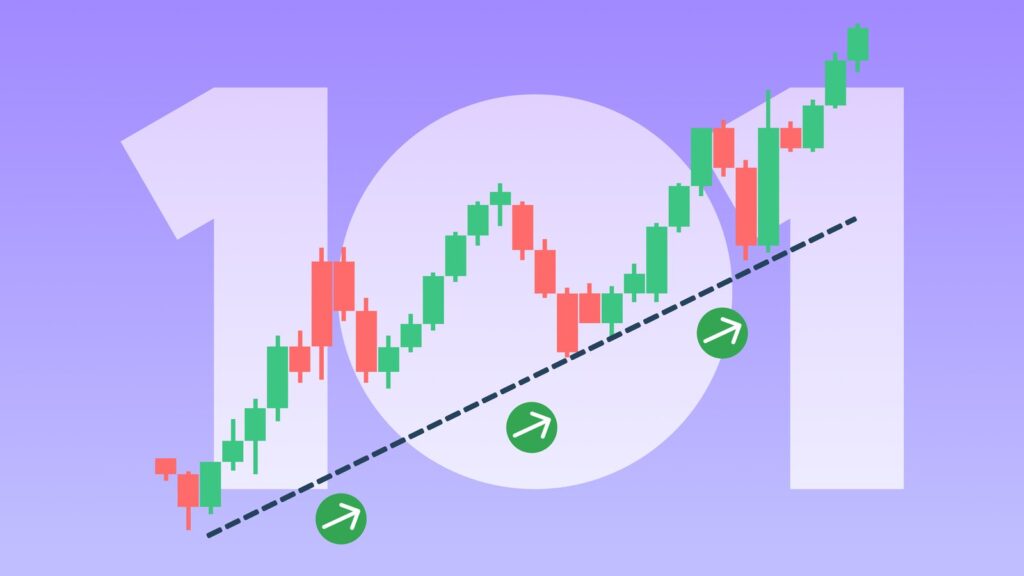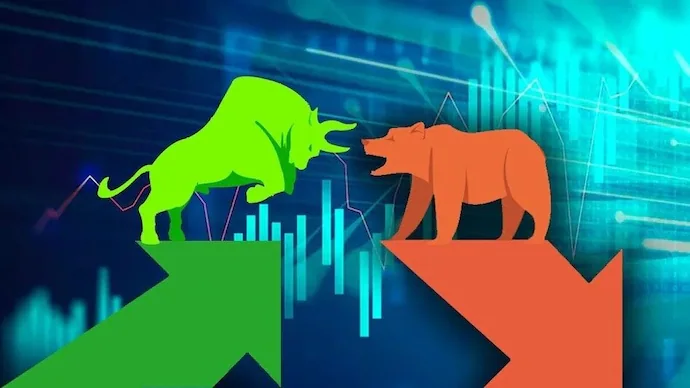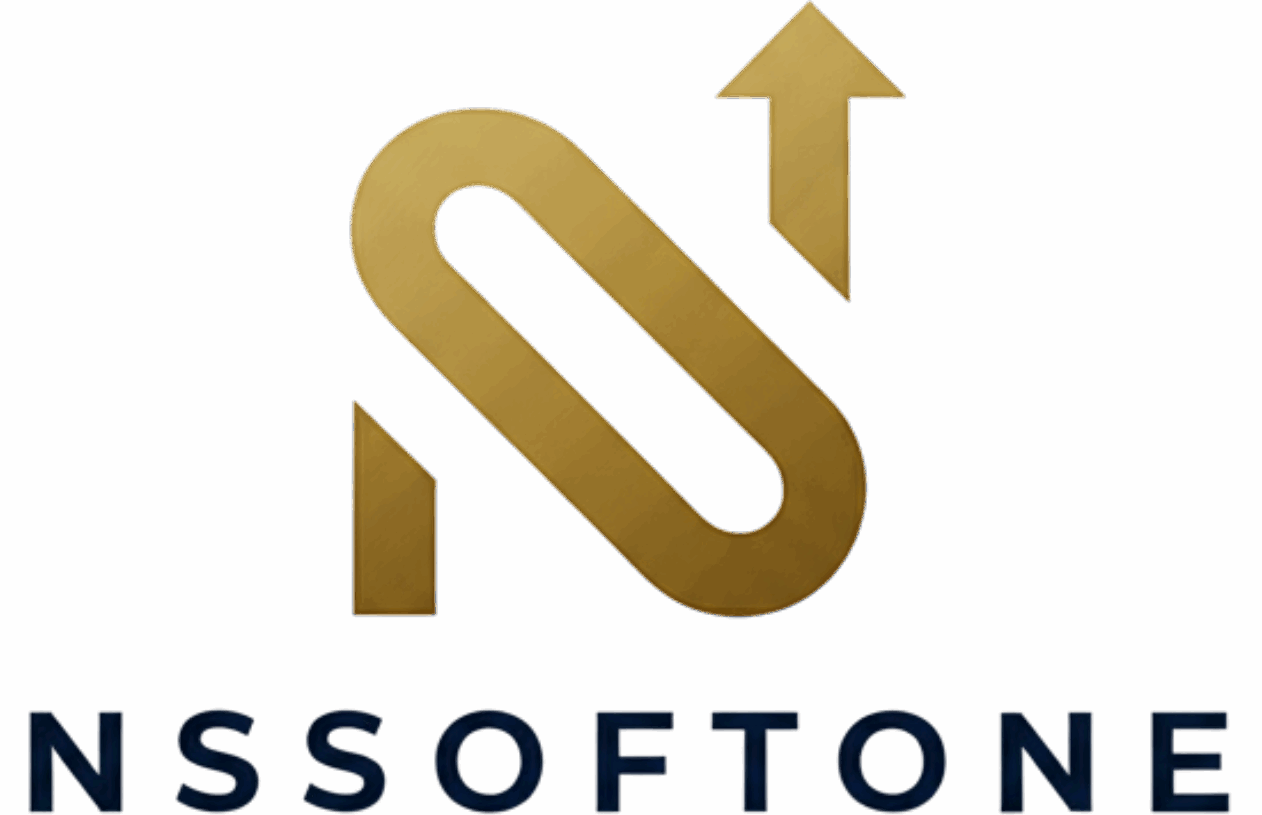In the world of finance, few events generate as much buzz and anticipation as an Initial Public Offering (IPO). From the meteoric rise of tech giants to the quiet debut of established businesses, an IPO marks a pivotal moment in a company’s lifecycle: its transition from a private entity to a publicly traded one. For investors, IPOs represent an opportunity to get in on the ground floor of potentially high-growth companies. However, the process is complex, meticulously orchestrated, and fraught with both immense opportunity and significant risk.
Understanding what an IPO is, why companies undertake them, and the intricate steps involved is essential for anyone looking to navigate the exciting, yet volatile, world of public market debuts.
What is an IPO? The Grand Debut
An IPO is the process by which a private company offers shares of its stock to the public for the first time. Before an IPO, a company is owned by a small group of individuals, founders, early investors (like venture capitalists), and employees. After an IPO, its shares are traded on a stock exchange, making it a publicly traded company.
Why do companies go public?
The primary reasons a company undertakes an IPO are:
- Raise Capital: This is the most crucial reason. An IPO allows the company to raise a substantial amount of money from public investors, which can be used to fund expansion, research and development, pay off debt, or acquire other businesses. Unlike loans, this capital doesn’t need to be repaid.
- Liquidity for Early Investors and Employees: Founders and early investors (e.g., venture capitalists, angel investors) often hold significant stakes in the company. An IPO provides a mechanism for them to “cash out” some of their equity, realizing returns on their investment. Similarly, employees who hold stock options can convert them into publicly tradable shares.
- Enhanced Public Image and Credibility: Being a publicly traded company can significantly boost a company’s profile, credibility, and brand recognition. This can make it easier to attract talent, secure partnerships, and gain customer trust.
- Future Fundraising: Once public, a company can more easily raise additional capital through secondary offerings (selling more shares) in the future.
- Attract and Retain Talent: Offering publicly traded stock as part of compensation packages can make a company more attractive to top talent.
The IPO Process: A Multi-Stage Journey
Going public is a lengthy, complex, and expensive endeavor, often taking months or even years. It involves multiple stakeholders and stringent regulatory requirements.
Stage 1: Preparation and Due Diligence
- Choose an Underwriter (Investment Bank): This is the most critical first step. The company seeking to go public (the “issuer”) selects one or more investment banks (e.g., Goldman Sachs, Morgan Stanley, JPMorgan Chase) to act as underwriters. The underwriter advises on the IPO process, helps set the initial price, and facilitates the sale of shares.
- Assemble the Team: A dedicated team is formed, including investment bankers, lawyers, accountants, SEC (Securities and Exchange Commission) experts, and key company management.
- Due Diligence: The underwriters conduct extensive due diligence on the company’s financials, operations, legal standing, and management team to assess risks and ensure accuracy of disclosures.
- Financial Audit: The company’s financial statements must be rigorously audited to meet public company standards.
Stage 2: Regulatory Filings
- Drafting the S-1 Registration Statement (U.S.): The company, with its legal and financial advisors, drafts the S-1 registration statement. This comprehensive document, filed with the SEC, provides detailed information about the company’s business operations, financial condition, management, risks, use of IPO proceeds, and details of the shares being offered. It aims to provide potential investors with all the necessary information to make an informed decision.
- SEC Review and Amendments: The SEC reviews the S-1 for accuracy and completeness. This often involves multiple rounds of questions and amendments until the SEC declares the registration “effective.” Companies might file a “confidential S-1” initially to test the waters without full public disclosure.
Stage 3: Valuation and Roadshow
- Valuation: The underwriters work with the company to determine an initial valuation and a preliminary price range for the shares. This involves analyzing comparable companies, future growth prospects, and market conditions.
- Roadshow: Company executives (CEO, CFO) and the underwriting team embark on a “roadshow.” They travel to meet with large institutional investors (e.g., mutual funds, hedge funds, pension funds) to present their business case, generate interest, and gauge demand for the shares. This helps refine the IPO price range.
- Book Building: During the roadshow, underwriters “build the book” – they collect indications of interest from institutional investors, determining the demand for the shares at various price points. This process helps them finalize the offering price.
Stage 4: Pricing and Trading Day
- Final Pricing: Based on the book building process and market conditions, the company and its underwriters agree on the final IPO price per share. This usually happens the evening before the shares begin trading. The shares are then sold to the institutional investors and wealthy clients who participated in the book-building process.
- Listing on Exchange: The company’s shares are listed on a chosen stock exchange (e.g., NYSE, Nasdaq) under a specific ticker symbol.
- First Day of Trading: This is the highly anticipated day. The shares begin trading on the open market. The initial price at which the shares open for public trading can be significantly higher or lower than the IPO price, reflecting immediate public demand.
- “Pop”: If the stock opens substantially higher than the IPO price, it’s considered a “pop.” This can be good for investors who got shares at the IPO price but means the company potentially left money on the table.
- “Flop”: If the stock opens below the IPO price, it’s a “flop,” indicating a misjudgment of demand or poor market conditions.
- Underwriter Support (Stabilization): Underwriters may engage in “stabilization” efforts to support the stock price in the immediate aftermarket, typically by buying shares if the price falls below the IPO price.
Investing in IPOs: The Allure and the Caution
For individual investors, getting access to shares at the IPO price can be challenging, as the vast majority are allocated to large institutional clients of the underwriting banks. Retail investors typically buy shares once they begin trading on the open market.
The Allure:
- High Growth Potential: Many IPOs are from rapidly growing companies in exciting sectors, offering the potential for significant capital appreciation.
- “Ground Floor” Opportunity: The dream of buying a stock before it becomes a household name.
The Caution and Risks:
- Volatility: IPOs are notoriously volatile, especially in their first few days or weeks of trading. Prices can swing wildly.
- Lack of History: As a newly public company, there’s limited historical financial data for analysis, making it harder to assess performance trends.
- Valuation Challenges: Determining a fair value for a young, fast-growing company can be subjective, leading to potential overpricing.
- Lock-up Periods: Founders and early investors are usually subject to “lock-up periods” (e.g., 90-180 days) during which they cannot sell their shares. When these periods expire, a large influx of shares can hit the market, potentially depressing the price.
- Hype vs. Fundamentals: IPOs often generate significant media hype, which can inflate expectations beyond what the company’s fundamentals justify.
Conclusion: A New Chapter
An IPO is a transformative event for a company, marking its public debut and opening new avenues for growth and capital access. For investors, while the excitement of an IPO can be tempting, a disciplined approach is essential. Thoroughly researching the company’s business model, financials, management team, and industry landscape, rather than simply chasing headlines, is paramount. By understanding the intricacies of the IPO process, investors can make more informed decisions, recognizing that while the potential rewards are significant, so too are the inherent risks of stepping onto the market’s grand stage.




